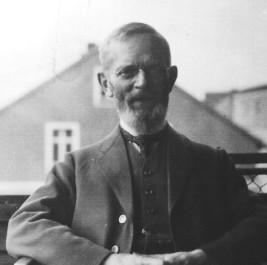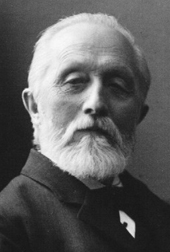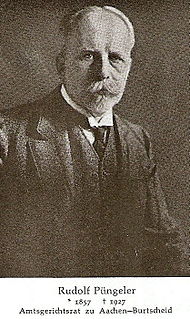This article needs additional citations for verification .(September 2014) (Learn how and when to remove this template message) |
Max Joseph Bastelberger (19 March 1851, Würzburg, Bavaria – 1 January 1916, Munich, Bavaria) was a German medical doctor and entomologist. He was specialized on geometrid moths and described 351 new taxa. [1]

Würzburg is a city in the region of Franconia, northern Bavaria, Germany. Located on the Main River, it is the capital of the Regierungsbezirk of Lower Franconia. The regional dialect is East Franconian.

Bavaria, officially the Free State of Bavaria, is a landlocked federal state of Germany, occupying its southeastern corner. With an area of 70,550.19 square kilometres, Bavaria is the largest German state by land area comprising roughly a fifth of the total land area of Germany. With 13 million inhabitants, it is Germany's second-most-populous state after North Rhine-Westphalia. Bavaria's main cities are Munich and Nuremberg.

Munich is the capital and most populous city of Bavaria, the second most populous German federal state. With a population of around 1.5 million, it is the third-largest city in Germany, after Berlin and Hamburg, as well as the 12th-largest city in the European Union. The city's metropolitan region is home to 6 million people. Straddling the banks of the River Isar north of the Bavarian Alps, it is the seat of the Bavarian administrative region of Upper Bavaria, while being the most densely populated municipality in Germany. Munich is the second-largest city in the Bavarian dialect area, after the Austrian capital of Vienna.

Species named in his honor include
- Alcis bastelbergeri
- Entephria bastelbergeri
- Dysphania bastelbergeri
- Eupithecia bastelbergeri
- Zamarada bastelbergeri

Alcis bastelbergeri is a moth of the family Geometridae. It is found from Central Europe, through the Ural to the eastern Palearctic, where subspecies sachalinensis is found.
Eupithecia bastelbergeri is a moth in the family Geometridae. It is found in Kazakhstan, Kyrghyzstan, Russia and Turkey.








